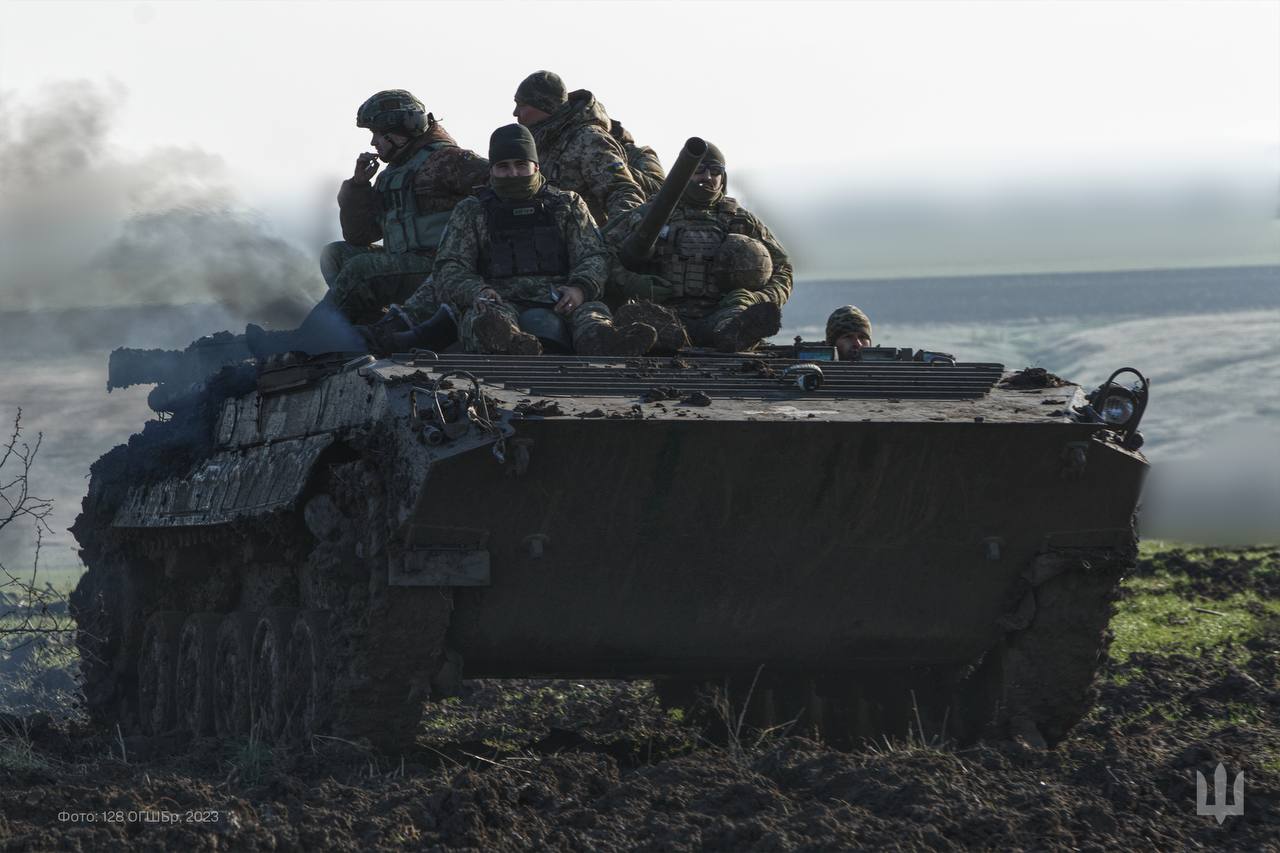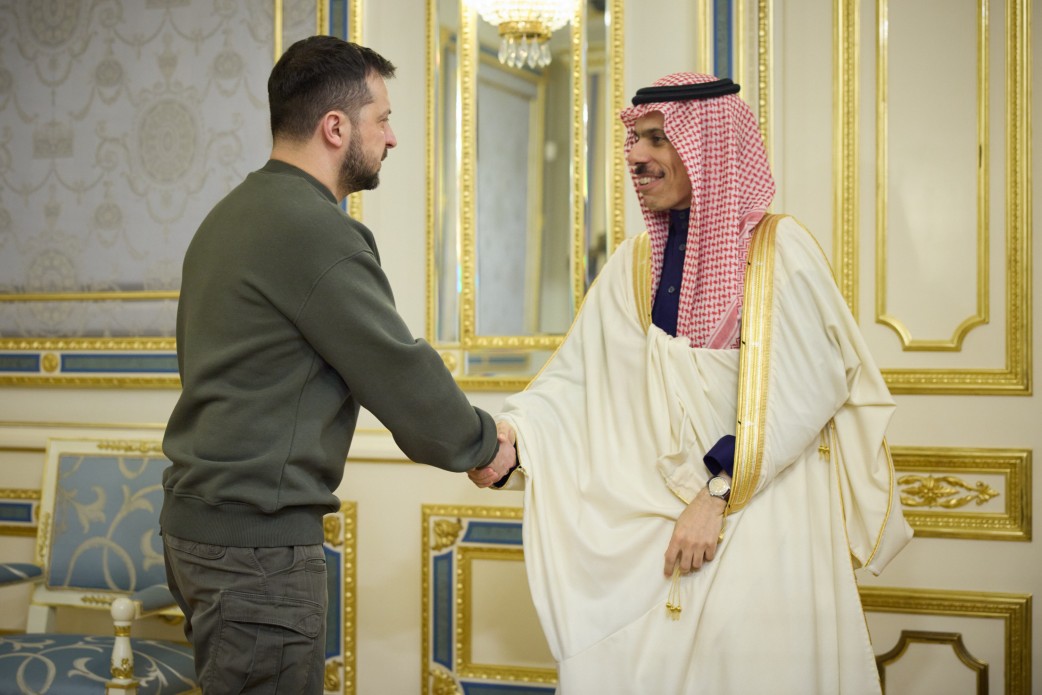According to the Kiel Institute for the World Economy (IfW Kiel), there has been a notable decrease in the amount of newly committed aid to Ukraine between August and October 2023. This period saw a significant 87 percent drop in new aid packages compared to the same period in 2022, marking the lowest level since January 2022.
The latest update of the Ukraine Support Tracker, covering commitments through 31 October 2023, indicates that Ukraine is now heavily reliant on a core group of donors, including the United States, Germany, Nordic, and Eastern European countries. These donors continue to pledge and deliver substantial support, including financial aid and critical military equipment like F-16 fighter jets.
Christoph Trebesch, head of the team producing the Ukraine Support Tracker and director of a research center at IfW Kiel, remarked, “Our figures confirm the impression of a more hesitant donor attitude in recent months. Ukraine is increasingly dependent on a few core donors that continue to deliver substantial support, like Germany, the US, or the Nordic countries.”
He highlighted the uncertain outlook for Ukraine, especially given the pending approval of the European Union’s EUR 50 billion support package and the decline in US aid. “A further delay would clearly strengthen Putin’s position,” Trebesch added.
The report details that of the 42 donors tracked, only 20 have committed new aid packages in the last three months, the smallest share of active donors since the start of the full-scale war. The European Union and the US have also seen few new commitments. The main active donors are now individual European countries and NATO countries like Canada and the UK. Notably, the EU countries have now surpassed the US in committed military aid, driven by new pledges from Germany and the Nordic countries.
Why Ukraine’s counteroffensive failed: WP analysis in 7 minutes
Regarding heavy weapon commitments from January 2022 to October 2023, totaling EUR 25 billion, the US accounts for 43 percent, while EU countries and institutions account for 47 percent. In the past three months, EU countries have committed EUR 780 million in heavy weapons, compared to EUR 500 million from the US. Germany and the Nordic countries have been significant contributors in this trend, with Germany providing new Patriot and IRIS-T air defense systems and Denmark contributing 19 F-16 fighter jets as part of a joint aviation coalition with the Netherlands and the UK.
Trebesch further noted, “We generally observe a further shift towards military aid, in particular in the bilateral aid patterns.” As of 31 October 2023, military aid accounts for 58 percent of total aid among the top 10 donor countries. The US remains the largest military donor, but Germany is rapidly increasing its military commitments, now exceeding EUR 17 billion. Smaller countries like Nordic countries and the Netherlands are also playing a growing role in military aid.
The Ukraine Support Tracker, a project of IfW Kiel, aims to track and quantify military, financial, and humanitarian assistance pledged to Ukraine since 24 January 2022. It includes data from 41 countries and excludes private donations or aid from international organizations like the IMF.
On 6 December, raising questions about aid’s future, US Senate Republicans voted against a $110 billion aid bill for Ukraine and Israel, insisting on immigration reforms.
Read also:
- UK accuses Russia’s FSB of years-long cyber attacks
- Japan to provide $ 4.5 billion to Ukraine
- US Senate Republicans block $110 billion Ukraine and Israel aid bill
- Berlin: Germany is not an ally of Ukraine







